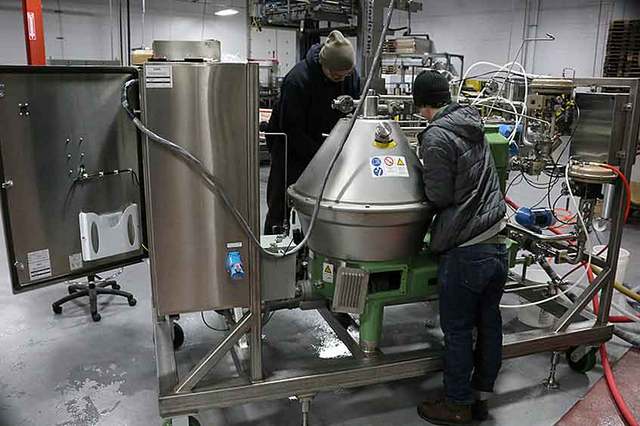
It’s bigger, faster and, would you believe, tidier? Hey, it can even babysit itself. But wait, there’s still more for Flying Fish Brewing Co. to like about the German-made centrifuge it upgraded to in February to spin yeast out of its beer before packaging. The brewery’s purchase of the GEA Westfalia HB1 is the answer to steady capacity increases that were beginning to outrun a smaller centrifuge the brewery put into service four years ago. The upgrade is also boosting production yields of New Jersey’s largest craft beer maker.
“It’s our Achilles heel right now, the filtration. It’s the bottleneck of the brewery,” says Brewery Manager Barry Holsten. “With the addition of the new centrifuge, we can make changes at any time if we needed to. The bottling line can handle a much larger capacity; the brewery can expand at a much larger capacity without changing the employee footprint right now, so we can increase production.”
The switch to a larger centrifuge also comes at a time when the brewery has double-digit growth targets for 2015 and plans for canning two of its most popular beers.
“We had been looking at moving up for a while, but they’re so expensive. The opportunity with this rebuilt one came up, so we jumped on it,” says Flying Fish Founder and General Manager Gene Muller.
Seeking a serious centrifuge
Centrifuges do their thing — removing yeast and other solids (like hops) — by whirling the beer around at high speeds, causing those denser solids to be spun out of the liquid through gravitational force. Brewers like centrifuges for removing yeast because the process doesn’t strip away desired hop and malt flavors like pushing beer through filter media can. Additionally, less dissolved oxygen ends up getting introduced into the beer from the process.
“Centrifuging doesn’t beat up the beer as much,” Muller says.
Flying Fish picked up the Westfalia model, just a couple of years old, as a manufacturer rebuild. It replaces the smaller Alfa Laval (Sweden) unit bought new in 2011 when Flying Fish was still at its founding location of Cherry Hill, a Jersey suburb of Philadelphia.
The Laval centrifuge was backed up by a final, polishing filter, a combination that replaced frame filters the brewery had used for more than a decade. The Laval’s days pretty much became numbered after Flying Fish tripled in size in 2012, with a 50-bbl brewhouse, 150-bbl fermenters and a move to a bigger building in Somderdale, another Jersey ’burb of Philly. In the relatively short window since the move, the brewery has added 20 to 25 percent more capacity. A trio of 150-bbl brite tanks now feed bottling runs of four to five days a week and kegging three to four days a week. Bottling and kegging can now be done simultaneously. Flying Fish will likely add more 150-bbl fermenters later this year.
Even rebuilt, the Westfalia separator cost a cool $300,000 (with installation). That’s three times the Laval’s price tag. The Laval quickly paid for itself; the Westfalia upgrade is expected to do likewise.
“We’re sized so that we can grow into this one, too,” Muller says. “Right now, we’re blasting through the beer, but when we’ve got more tanks, it’s really going to pay for itself. Then you can start knocking out 150 barrels every two hours.”
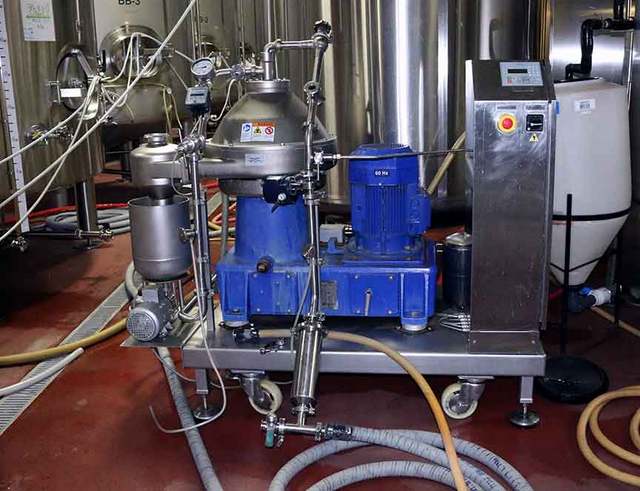
That’s top gear for the Westfalia machine, four times the beer-clarifying muscle of the old centrifuge, which Flying Fish sold to Adirondack Brewery and Pub in Lake George, N.Y. Another key feature: The Westfalia separator doesn’t need a crew member on the brewery floor to monitor the centrifuging process.
“Sometimes you’re filtering, and there’s a big slug of yeast or hops on the side of the tank, and it just drops. If it hits the centrifuge, and if you’re not there to see that it’s getting cloudy, it sends it through to the polish filter and it jams that up,” Muller says.
A turbidimeter on the Westfalia unit handles the babysitting, monitoring inline, with calibrated sensors kicking it into a recirculation mode if yeast is detected above the preset thresholds. The unit continues centrifuging until the beer is clear. What gets expelled by the whole process is a paste — unlike liquid with the old machine — that’s easily added to the brewery’s spent grains and given to farmers for disposal.
“We can centrifuge a lot thicker yeast sludge — there’s a lot of beer in there,” Muller says. “We don’t know yet because it’s not completely dialed in, but we’re getting about 4 percent extra yield just because we’re able to centrifuge more of the solids. That’s a couple of barrels of beer each run — half a pallet, even close to a pallet of extra beer — which adds up pretty quick.”
That extra yield amounts to $750 to $1,500 of finished beer (factoring out overhead for bottles and paper packaging). Flying Fish did 24,000 bbl last year. The brewery is gunning for about 15 to 20 percent above that figure this year. By May, Flying Fish will make its first foray into canning with its 2014 GABF gold medal winner (and flagship brand) Hopfish IPA and Farmhouse Summer Ale, both going into 16- and 12-ounce cans. A mobile canner will be used — pint cans will be available at the Philadelphia Phillies stadium, Citizens Bank Park, and 12-ounce cans available in 12-packs for general distribution. At 6,450 bbl last year, Hopfish, an English-style IPA, has overtaken Flying Fish’s lightest pale ale as the brewery’s top-seller.
Aging in Tradicional tequila barrels
Also happening this spring: Flying Fish will release the fruits of a collaboration with Jose Cuervo tequila. The brewery dry-hopped and aged a big, (9 percent ABV) well-hopped red ale in 30 Tradicional tequila barrels. Cuervo will get the oak barrels back so it can park some Tradicional on the beer-hop flavors left behind. Think tequila-shaped beer and hoppy-beer-shaped tequila. Odell Brewing Co. (Fort Collins, Colo.) put its double IPA, Myrcenary, in Cuervo barrels, christening the resulting beer Myrcenario. Red Hare Brewing Co. (Marietta, Ga.) parked its Gangway IPA on Cuervo wood. Following suit, Flying Fish will produce 300 cases of tequila-barrel aged Pescado Rojo Grande in 750-ml bottles.
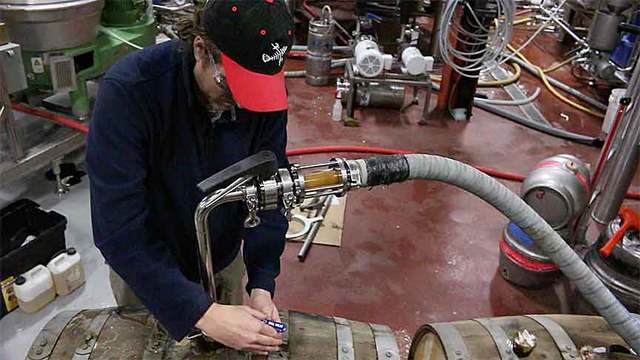
“With the hops, we tried to match the profile for the barrels,” says Holsten, the brewery manager. “The barrels are so fruity, we wanted a floral bouquet that has citrus, pineapple, tropical flavors, whatever else you can manage to get in there.”
That ended up being Citra, Amarillo, Centennial and Hull Melon in the dry hop, Columbus, Centennial and Citra in the brew. In the meantime, Flying Fish has resumed brewing new beers in its Exit Series, a project of high-gravity, specialty beers (in draft and 750-ml bottles) that began in 2009. Flying Fish brews two of the Exit beers year-round and one seasonally; new brews in the series were put on hold due to the move from Cherry Hill.
Until February’s release of Exit 3, a 15 percent ABV blueberry braggot, more than three years had passed since anyone drank a new entry in the series. Another Exit Series brew is due in September.
Jeff Linkous, a longtime Garden State journalist, follows New Jersey’s craft brewing industry at his website Beer-Stained Letter, which is a pretty awesome portal.

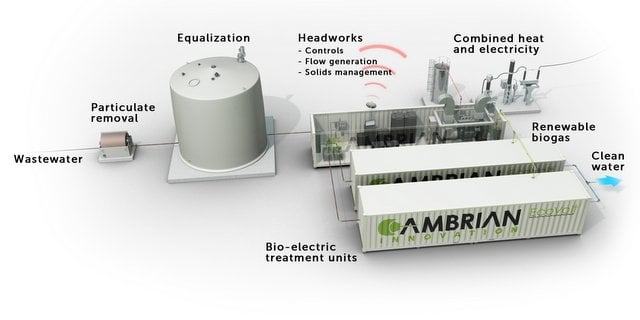
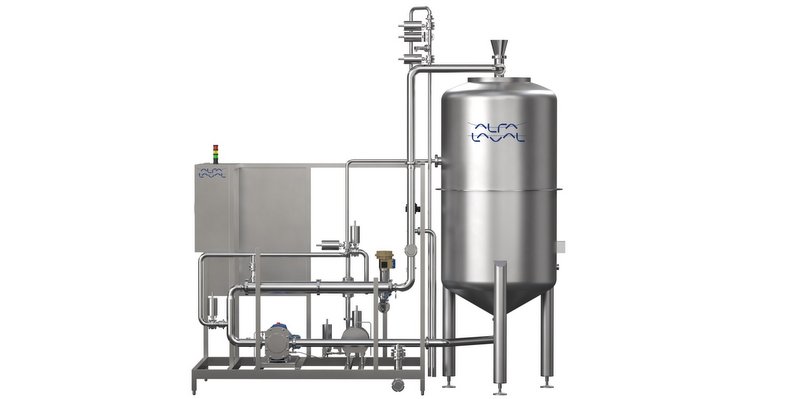

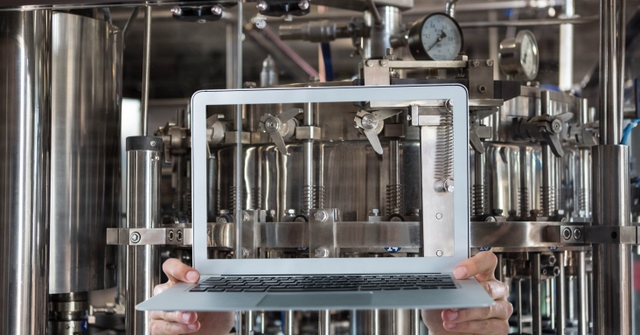
Discussing centrifuges with Flying Fish Brewing (and aging in tequila barrels) http://t.co/YX9Ogt2TPi
#njcraftbeer “Discussing centrifuges with #FlyingFish Brewing (and aging in tequila barrels)” http://t.co/srxPMujZNd
Discussing centrifuges with Flying Fish Brewing (and aging in tequila barrels) http://t.co/s4jiuryqsz
@jerseyfreshale talks about getting rid other bottleneck in their brewery. http://t.co/RH8tuyAut8 #OBeer #CraftBeer
Discussing centrifuges with Flying Fish Brewing (and aging in tequila barrels) http://t.co/mQRzZNGORE
Discussing brewhouse centrifuges with Flying Fish Brewing http://t.co/TjJlfBJThX via @craftbrewingbiz
Summer Sun Garden & Brew liked this on Facebook.
Todd Parker liked this on Facebook.
RT @CraftBrewingBiz: What’s in a centrifuge? We ask Flying Fish Brewing. Rad article @Beerstaindlettr @jerseyfresh http://t.co/FKDNrzJQCu
RT @CraftBrewingBiz: What’s in a centrifuge? We ask Flying Fish Brewing. Rad article @Beerstaindlettr @jerseyfresh http://t.co/FKDNrzJQCu